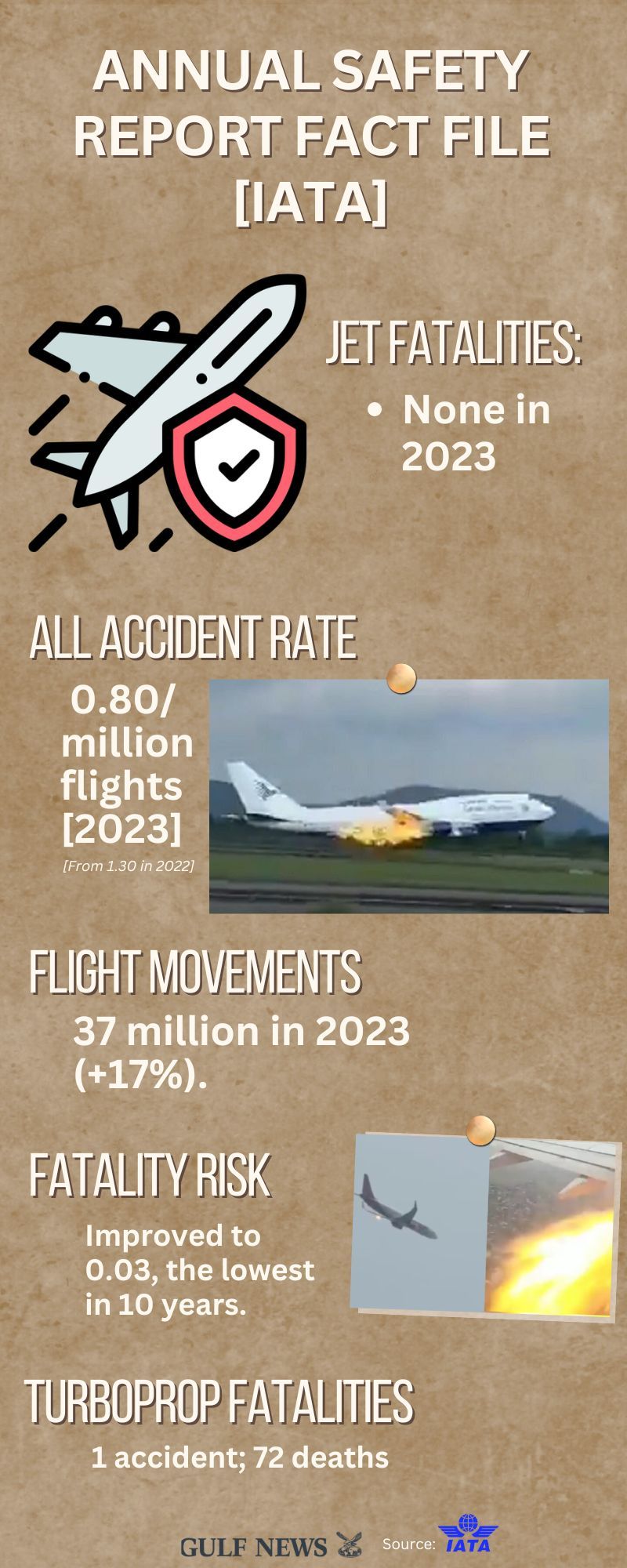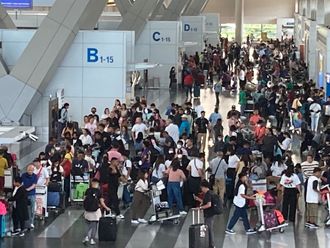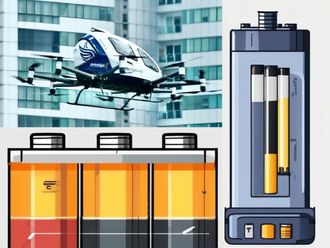
An aircraft engine catches fire. Both pilots fall asleep. A navigation panel defect emerges at 36,000 feet. A door panel fly off a jet mid-flight. These are real-life incidents that took place in recent months.
They mark some of those scary moments in aviation.
Yet over the last 20 years, data shows that safety in flying has improved dramatically. In fact, commercial aviation has experienced a remarkable safety record.
All-accident rate down
Data from International Air Travel Association (IATA), shows that out of 37 million flight movements in 2023, the all-accident rate in 2023 was down to 0.80 per million flights, compared to 1.20 per million flights in 2022.
This is a marked improvement in the overall safety record of flying.

These are not excuses for complacency, as incidents and accidents still do happen.
Incidents
During the soaring number of flights, severe turbulence has emerged as a concern, with spike in injuries during clear-air turbulence.
On Tuesday (September 10, 2024) a Delta Air Lines A350 and Delta Connection CRJ-900LR collided on the taxiway at Atlanta's Hartsfield-Jackson International Airport, knocking the vertical stabilizer of the CRJ.
Last month, passengers on IndiGo Flight 6E573 heard a fire burst mid flight soon after takeoff from Kolkata (CCU). Pilots turned the flight around and safely landed the plane.
Also in August, Ariana Afghan Airlines flight FG403, a Boeing 737-400, overran the runway on takeoff from Khost Airport, Afghanistan. The tail of the aircraft hit the ground and impacted a fence before it went airborne.
On January 5, 2024, passengers on Flight 1282 traveling from Portland, Oregon, to Ontario, California, were shocked when just a few minutes into the flight, one of the plane doors fell off the plane. The flight was being operated by Alaska Airlines and being flown on a Boeing 737 Max 9.
Also in January, an Atlas Air Boeing 747 that took off from Miami Airport, had to quickly do an emergency landing after its engine caught on fire. Upon inspection, officials found a “softball-sized” hole above the engine which ignited it.
In April, passengers took a video of Boeing plane’s engine cover just flew off during takeoff, forcing the pilot to make a U-turn.
On January 25, 2024, Batik Air flight ID6723, an Airbus A320, was out of radio contact for almost half an hour during a domestic flight in Indonesia.
It turned out both pilots fell asleep during the second leg of a return flight with the copilot as “pilot flying”.
The captain was taking a nap with permission from the copilot when the copilot himself also fell asleep. Contact was restored after the captain woke up.
The copilot had advised the captain that he did not have proper rest before the night time flight. His sleep had been interrupted when he helped his wife take care of their one-month-old twins.
Challenges
Yet, thanks to advancements in technology, improved regulations, enhanced pilot training, collision avoidance systems and enhanced safety protocols, the risk of air travel accidents has significantly decreased.

“Airlines face common challenges with an operating environment that is growing more complex,” IATA Director General Willie Walsh, said ahead of the 2024 World Safety and Operations Conference (WSOC) slated next month.
“At the same time, technological advances, including AI, are offering ever greater potential in support of safe and efficient operations.”
During the event, industry leaders and experts are expected to share knowledge and experience to make the industry even more resilient and robust in the face of emerging challenges.
Highest priority
“Safety is aviation’s highest priority and the cornerstone of every airline’s operation,” said Abdelhamid Addou, Chairman of the Board and CEO of Royal Air Maroc, who is expected to give a keynote speech at the event and participate in the opening plenary panel.
Safety protocols
Recently, IATA has introduced new safety protocols to address the evolving challenges in global aviation.
These updates focus on mitigating risks associated with increased operational complexity, cybersecurity threats, and extreme weather conditions.
Key updates include the use of AI to improve data utilisation and operational resilience.
Turbulence aware
IATA also highlighted advancements in real-time turbulence management through its "Turbulence Aware" program, which uses aircraft-generated data to better predict turbulence and improve safety.
Additionally, they are emphasising safety leadership, runway safety improvements, and crisis management, all aimed at enhancing the industry's overall performance.
Safety audit
IATA continues to prioritise safety through its Operational Safety Audit (IOSA), which helps airlines assess and manage risks.
Workshops are being conducted to ensure the efficient integration of safety practices across various operations, including air traffic management and aircraft maintenance.
Safety rate
Several factors contribute to this high safety rate:
Technological advancements: Modern aircraft are equipped with advanced systems that enhance safety, such as:
- Collision avoidance technology
- Weather radar
- Autopilot systems
- Black box recorders
Improved training: Pilots and air traffic controllers receive rigorous training to ensure they are prepared to handle various situations and emergencies.
Enhanced regulations: Aviation authorities have implemented stricter regulations and oversight to improve safety standards.
Data-driven approach: The use of data analytics helps identify safety trends and potential risks, allowing for proactive measures to be taken.
Continuous improvement: The aviation industry has a strong commitment to safety, with ongoing efforts to identify and address potential hazards.
International cooperation: Collaboration between aviation authorities and industry organisations worldwide helps to share best practices and ensure consistent safety standards.
Safety culture: A strong safety culture within the aviation industry encourages all stakeholders to prioritise safety and report any potential issues.
These factors have collectively contributed to the remarkable safety record of commercial aviation, making it one of the safest modes of transportation available today.








